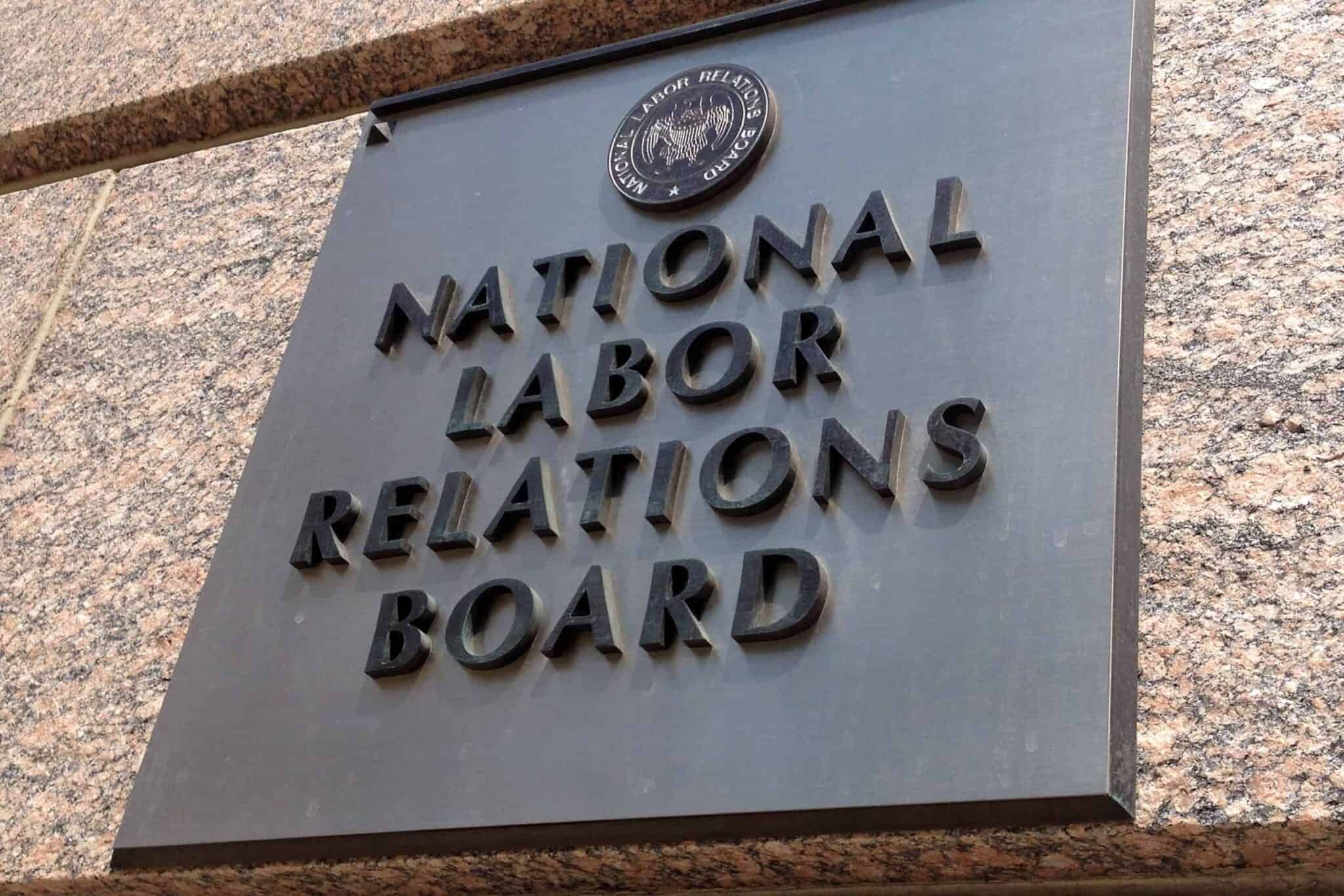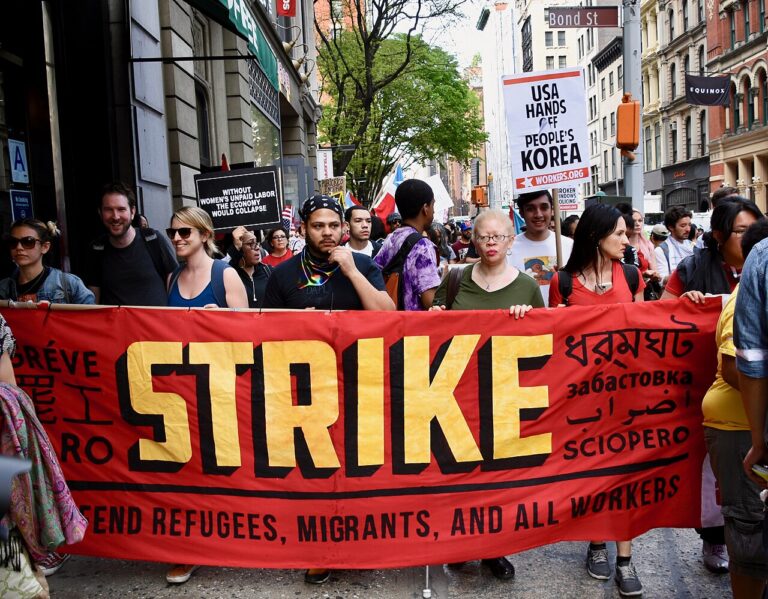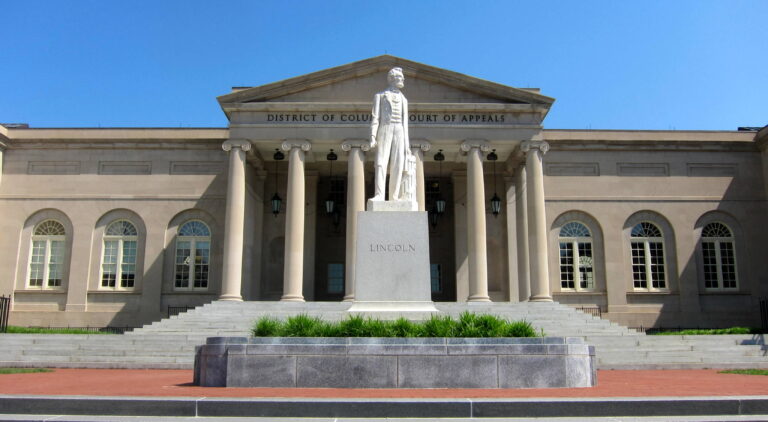Anjali Katta is a student at Harvard Law School.
In today’s News and Commentary, Trump appeals a court-ordered pause on mass layoffs, the Tenth Circuit sidesteps a ruling on the Board’s remedial powers, and an industry group targets Biden-era NLRB decisions.
The Trump administration is asking the US Court of Appeals for the Ninth Circuit to pause a temporary order blocking the administration from continuing its mass layoff plan for federal workers. As Justin reported, the court issued a two-week pause on the administration’s ability to make changes across twenty agencies. In response, the administration immediately appealed and filed for an emergency stay of the order. It argued that the “sweeping” order obstructs the Executive Branch from implementing the President’s policy priorities. The Trump administration has asked the Ninth Circuit to rule on the motion by May 15.
The US Court of Appeals for the Tenth Circuit partially upheld an NLRB decision against two film studios affirming the agency’s authority to order compensation for “all direct and foreseeable pecuniary harms” for striking drivers who were illegally replaced. The Board had used its 2022 Thryv Inc. standard that allows the agency to demand compensation for harms stemming from an employer’s illegal actions. While one appeals court has struck down Thryv Inc. and another upheld it, its future remains uncertain. On Monday, however, the studios failed to properly challenge Thryv Inc. before the Board, so the court declined to consider it. Judge Allison Eid dissented, arguing the relief exceeded the NLRB’s authority.
An industry coalition, the Coalition for a Democratic Workplace (CDW), is urging the NLRB to reverse Biden-era labor precedents by leveraging President Trump’s executive order asserting that the president and the AG have the power to interpret the law for all agencies. CDW asked Attorney General Pam Bondi to direct the NLRB to ignore 15 significant rulings (including 14 that set new precedents), aiming to curb the board’s longstanding independence and to cause a sudden ‘flip-flop’ in Board policy on a mass scale. These board decisions included those that created a new framework for imposing bargaining orders in response to employers’ labor law violations, required companies to reimburse workers for the financial consequences of unfair labor practices, barred management from holding mandatory captive audience meetings, and banned severance agreements that include waivers of NLRA rights. CDW, and the Trump administration are likely to face legal challenges along the way.






Daily News & Commentary
Start your day with our roundup of the latest labor developments. See all
January 7
Wilcox requests en banc review at DC Circuit; 9th Circuit rules that ministry can consider sexual orientation in hiring decisions
January 5
Minor league hockey players strike and win new deal; Hochul endorses no tax on tips; Trump administration drops appeal concerning layoffs.
December 22
Worker-friendly legislation enacted in New York; UW Professor wins free speech case; Trucking company ordered to pay $23 million to Teamsters.
December 21
Argentine unions march against labor law reform; WNBA players vote to authorize a strike; and the NLRB prepares to clear its backlog.
December 19
Labor law professors file an amici curiae and the NLRB regains quorum.
December 18
New Jersey adopts disparate impact rules; Teamsters oppose railroad merger; court pauses more shutdown layoffs.